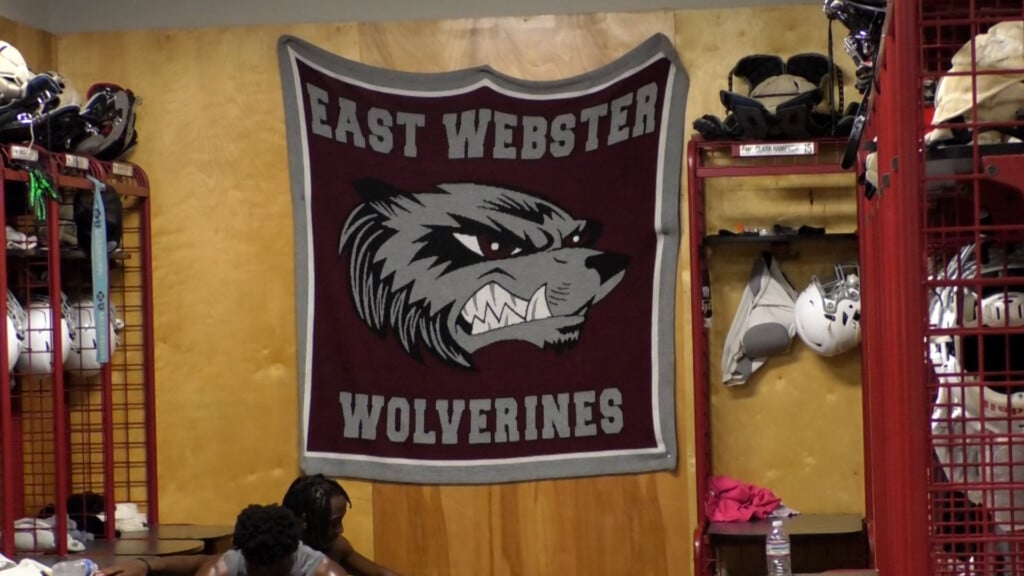Tax Plan No Small Deal to Business Owners
STEPHEN OHLEMACHER
WASHINGTON (AP) – President Barack Obama’s plan to increase taxes on top earners would have only a small impact on the nation’s economy, according to congressional budget experts. But don’t tell that to small business owners facing a tax hike.
Obama’s proposal would hit about 940,000 people who report business income on their individual or household returns, says the Joint Committee on Taxation, the official scorekeeper for Congress. That’s only 3.5 percent of the people who report business income, but those business owners are projected to earn 53 percent of the $1.3 trillion in business income that will be reported on individual returns next year.
That, Republicans in Congress argue, makes those business owners an important engine for economic growth and job creation.
They recite it as gospel: Paying higher taxes will reduce the amount of profits business owners would otherwise re-invest in their companies, making them less likely to expand and hire more workers. Many economists agree that tax increases in general limit economic growth. But there are big disagreements about magnitude – how much relatively small changes in the top two income tax rates would affect the economy and job creation.
The Congressional Budget Office estimated last month that Obama’s plan to increase taxes only on top earners would reduce economic growth by 0.1 percent of Gross Domestic Product next year, or about $16 billion. That translates into about 200,000 fewer jobs.
By comparison, letting all the tax cuts enacted in 2001 and 2003 expire would reduce economic growth by 1.4 percent of GDP, resulting in about 1.8 million fewer jobs, the CBO said.
“It’s a very tiny portion of the cliff impact and it very much raises revenues and it does so in a fair way,” Rep. Sander Levin of Michigan, senior Democrat on the tax-writing House Ways and Means Committee, said of Obama’s proposal. “It will not stifle economic growth in any significant way.”
Most of the expiring tax cuts were first enacted under former President George W. Bush and extended by Obama in 2010. This time around, Obama says he is determined to let the tax cuts expire on income above $200,000 for individuals and $250,000 for married couples. He wants to extend the Bush tax cuts for people making less.
House Speaker John Boehner and other Republicans have said they are open to more tax revenue through reducing or eliminating tax breaks. But Boehner opposes Obama’s proposal to increase tax rates on high earners.
“Raising taxes on small businesses instead of taking a balanced approach that also cuts spending is wrong,” Boehner, said recently. “It’s only going to make it harder for our economy to grow. And if our economy doesn’t grow, Americans don’t get new jobs and the debt problem that we have will continue to threaten our children’s future.”
Republicans often relate the tax increases to small businesses because 94 percent of America’s businesses are structured so that profits go directly to partners or shareholders who report the income on their individual tax returns. It’s a way for business owners to avoid paying taxes twice on the same income – once at the corporate level and again when profits are distributed as dividends.
Under Obama’s plan, the 33 percent tax rate would rise to 36 percent on taxable income above $231,000 for a married couple filing jointly. The top tax rate would increase from 35 percent to 39.6 percent on taxable income above $397,000.
Obama’s plan also would phase out the personal exemption and gradually reduce itemized deductions for individuals making more than $200,000 and married couples making more than $250,000. The top capital gains tax rate would rise from 15 percent to 20 percent. Qualified dividends, which are now taxed at a top rate of 15 percent, would be taxed as ordinary income for top earners, or at a top rate of 39.6 percent.
That, some business owners complain, would leave them with less money to hire new workers or keep the ones they have.
“We’re trying to encourage people to go out and hire and take risks,” said Brian Reardon, executive director of the S Corporation Association. “If you are reducing the marginal value, you are reducing the incentives for folks to take that risk.”
An S corporations is a common business structure in which profits flow directly to shareholders who report the income on their individual tax returns.
Business owners note that they often pay taxes on profits they don’t necessarily receive. For example, if you borrow money to start or expand your business, you can use some of your profits to repay the loan, but only the interest portion of the loan payment is tax deductible.
When business owners use profits to buy new equipment or make other upgrades, it often takes several years to write off the cost of those upgrades, depending on depreciation rules.
Dan McGregor, chairman of McGregor Metalworking Companies in Springfield, Ohio, said he and the other six shareholders in the business are looking at a tax increase of $250,000 to $300,000 next year under Obama’s plan.
The company, which has 365 employees at five locations, does about $80 million a year in sales, McGregor said. Each year, a portion of the profits are distributed to shareholders, along with money to pay taxes. The rest, he said, is invested back into the company.
If taxes go up, distributions to shareholders must go up to pay the higher taxes, leaving less money to reinvest in the business, McGregor said.
“I feel a $40,000 reduction is the loss of one job, so if it’s a $200,000 tax increase, that’s five jobs,” McGregor said.





Leave a Reply